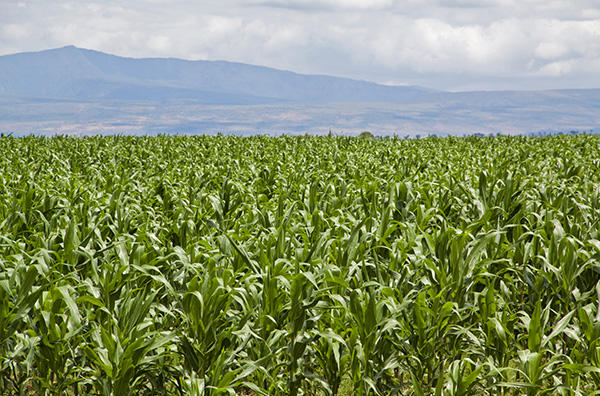

Collaboration Yields Technology Solutions for Developing Countries
As part of its commitment to cultivate the knowledge of its network to pursue food and nutrition solutions for those in need, Feeding Tomorrow, the official foundation of IFT, shared the findings of its partnership with Engineering for Change (E4C) and Bountifield International at IFT19 in New Orleans. The Foundation collaborated with the two organizations to sponsor comprehensive research on two important topics: technologies to mitigate Aflatoxin in developing countries and an analysis of post-harvest information communication technologies (ICTs) in east African farms.
Fellows from Canada, India, Tunisia, and Kenya were engaged to conduct technology research and collect field insights and analysis, with an emphasis on the personal experiences of farmers and in-country agricultural science experts. The results provide practical and actionable information for farmers to consider as part of their integrated crop management programs.
Mitigating Aflatoxin
Aflatoxin is produced by fungi that contaminate many crop types, including maize, wheat, oilseeds, tree nuts, and spices, and its impact is widespread. The World Health Organization (2018) estimates Aflatoxin destroys 25 percent or more of the world’s food crop annually.1
While many scientists have studied how to analytically detect Aflatoxin contamination, few have examined the other side of the spectrum – how to prevent and mitigate it on a small holder farmer scale. The fellowship program collaboration sought to explore methods and types of technologies to reduce the impact of this potentially deadly compound in sub-Saharan Africa and other tropical regions with favorable climates for its growth.
Because Aflatoxin can infect crops during pre-harvest, harvest, and post-harvest, mitigation strategies must be taken at all three stages of plant production. The fellowship program collaboration found that strictly following Good Agricultural Practices are the most affordable and effective ways for small-plot farmers to combat the issue, since technology-based solutions are not readily available in the tropical and sub-tropical regions studied. Mitigation strategies and best practices differ based on many factors, including crop type, soil type, level of contamination, and technology availability. However, by taking steps to reduce weaknesses that can be exploited at each stage of the production cycle, better Aflatoxin control can be achieved and crop losses can be significantly reduced.
Read the complete report for more information.
The Potential of ICT Solutions in Sub-Saharan Africa
Information communication technologies are critical in the agriculture industry, much like in nearly every other industry in the world. These technologies, which include satellites, mobile networks, internet, and personal communication devices, work together to send and receive data, that if collected and interpreted appropriately, can yield valuable information.
The fellowship program collaboration analyzed existing technologies and trends to gain insights into post-harvest ICTs in emerging economies where opportunities for improvement exist, and new courses of action that can benefit smallholders and food systems. Their findings revealed that knowledge management, financial services, and logistics and supply chain were areas that ICTs could significantly impact in these geographies. The availability of information on farming practices, daily market price information, and direct contact with buyers and supply chain partners would be particularly useful.
While numerous technologies were outlined in the findings, the report acknowledged that many challenges continue to hinder a farmer’s ability to implement and operate ICTs sustainably in these areas, including poor regional infrastructure, low literacy rates, limited internet access, availability of electricity, and the cost of mobile devices, among others. In addition, government policy around security, data protection and privacy still need to be established in many developing countries.
For additional details, read the complete report.
Feeding the Next Billion
With the worldwide population expected to exceed 9 billion by 2050, the challenge to meet global food demand is great. Providing farmers in emerging economies with the methods and technologies outlined in these research studies is one way Feeding Tomorrow is acting on its promise to ensure the world has the ability to feed its growing and diverse population, and Feeding Tomorrow supporters can feel good about broadening their contribution to improving our global food supply beyond their day-to-day job responsibilities. Learn more about the work of the Foundation on the Feeding Tomorrow website.
1 World Health Organization. February 2018. “Aflatoxins.”
